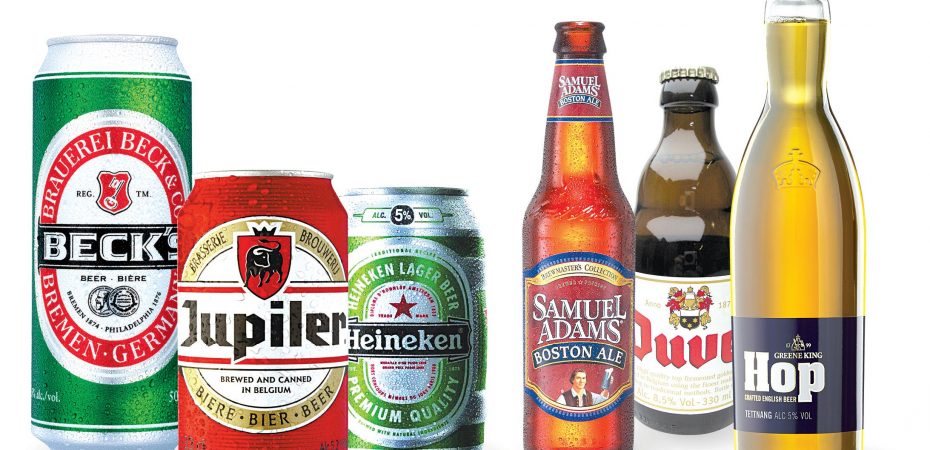In 2005 a war of words was being waged in the American brewing community. The latest battle had developed over an issue that some might find a little trivial: bottles and cans.
It all started when Jim Koch, president of The Boston Beer Company, released his beer drinkers’ Bill of Rights. Included in that Bill was the statement that “Beer shall be offered in bottles, not cans, so that no brew is jeopardised with the taste of metal.”
This statement was immediately refuted by Dale Katechis, owner of Oskar Blues Brewery based in Colorado, who sent a press release across the country suggesting Koch had been kidnapped by aliens: “Not only is the line about cans tasting like metal damaging to us, but it is also untrue.” And so the argument has continued with no real victor.
The obvious question that springs to mind is does packaging really matter? How many of us really pause for more than a moment’s thought to consider the merits of beer packaged either in a can or bottle? Well it would appear that, much like the brewers, for many beer drinkers the packaging is very important and unsurprisingly the issue boils down to a perception of quality.
So is there really a problem? Does the type of packaging have an impact on the quality of beer and is it possible for beer drinkers to recognise those differences?
The ultimate aim of all beer packaging whether it be bottle, can, keg or cask is to deliver to the consumer beer that is fresh and flavourful. Not all that long ago the majority of beer was served on draught either from the alehouse or brewery but recently a dramatic change in consumption patterns has seen a lot more beer being consumed at home and therefore being packaged in bottle and can.
In terms of preserving the quality of beer, bottles and cans must provide an effective barrier against a number of factors which can lead to a perceivable decline in beer quality. For example the packaging must protect beer against contamination by microbes such as bacteria; it must stop or at least reduce the ingress of oxygen; it must protect the beer from the damaging impact of light and finally the packaging must not contribute any undesirable flavours to the beer.
It is also exceedingly important that the packaging material itself does not have a flavour which can taint the beer. This is the main criticism levelled at beer cans and was the cause of the war of words amongst brewers.
Some drinkers feel that cans impart a metallic flavour to beer. However, to prevent this from occurring all cans used for the packaging of beer are lacquered to provide a barrier between the can and its contents. This means that the chances of a metallic off-flavour in beer imparted from the can are quite low.
This Article is from Beers of the World Issue 21, and the rest can be found here.

